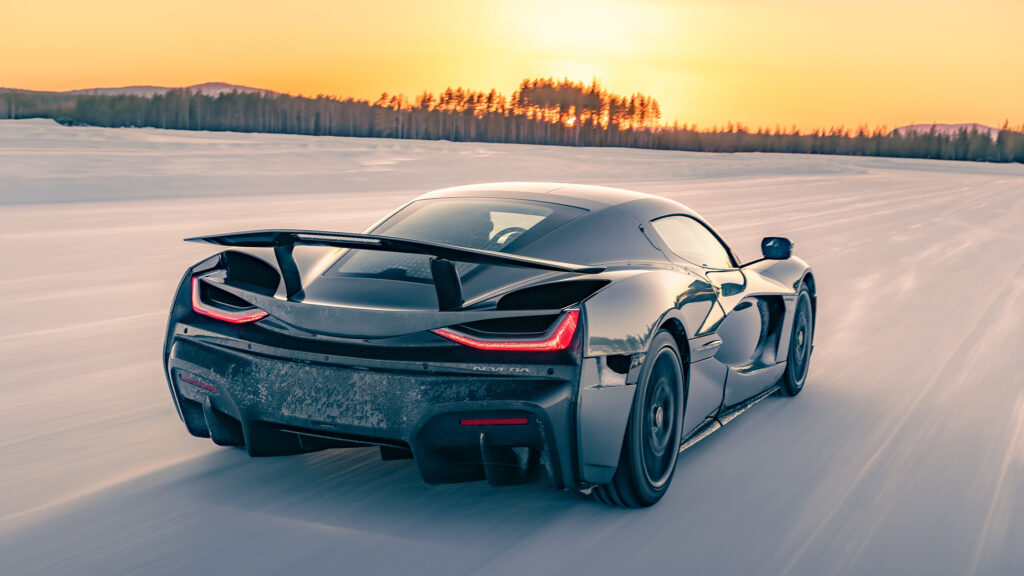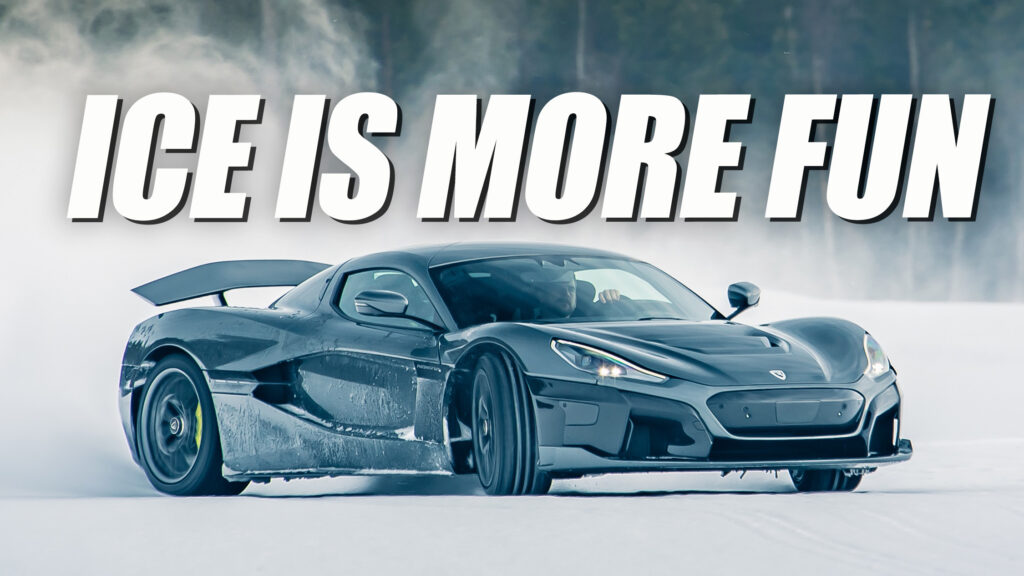- Mate Rimac says wealthy buyers want anolog, combustion-powered supercars and hypercars, not EVs
- Croatian firm has only delivered 50 of the 150 Neveras it planned to build
- Rimac says Bugatti will continue as ICE brand
Vinyl records, fully mechanical wristwatches and now ICE-powered hypercars: three examples of how supposedly obsolete tech has fought back against the newer, more technically advanced, but less soulful mediums that were supposed to replace them. This week Rimac’s CEO admitted that sales of the firm’s $2 million Nevera hypercar have failed to meet expectations because buyers want a more analog, fuel-guzzling experience.
Three years after the Nevera was launched together with a plan to sell 150 of the 1,888 hp (1,914 PS / 1408 kW) quad-motor hypercars, just over 50 have been delivered, Mate Rimac told attendees at the Financial Times Future of the Car conference in London, Autocar reports.
Related: Boss Move! Mate Rimac Finally Takes Delivery Of His Own Nevera
It’s already been widely reported that demand for mainstream electric cars has softened in recent months, but Rimac partly blames the proliferation of those mass-market EVs, and governments’ and regulators’ attempts to push clean cars onto the public, for the Nevera’s lacklustre sales performance. That’s an interesting take from someone you’d think would be all for widespread adoption of EV power.
“We started to develop Nevera in 2016/2017, when electric was cool,” Rimac told the conference. “[But now] we notice that as electrification is becoming mainstream, people at the top end of the sector want to differentiate themselves.”
He likened the trend to high-net-worth individuals’ love for expensive analog watches that sell for far more than digital smart watches ordinary folk wear, despite the trad timepieces being able to do far less.

“An Apple Watch can do everything better,” Autocar – which says the Nevera won’t be directly replaced – reports Rimac saying. “It can do 1000 more things, it’s a lot more precise, it can measure your heart rate. But nobody would pay $200,000 for an Apple Watch.”
And just as demand for pricey old-tech watches shows no signs of slowing or being overtaken by a passion for digital alternatives, Mate Rimac can’t see demand for electric hypercars bouncing back and helping superfast EVs replace ICE versions in our affections any time soon. So it’s just as well that Rimac-owned Bugatti’s upcoming Chiron replacement won’t be an EV, but a retro-sounding naturally-aspirated V16 powerhouse.
Where does that leave Rimac? Earlier this year we reported on rumors that the firm would reveal its 2026 robotaxi vehicle in months, and in April it signed a deal with BMW to supply battery packs for the German firm’s next-generation EVs.




